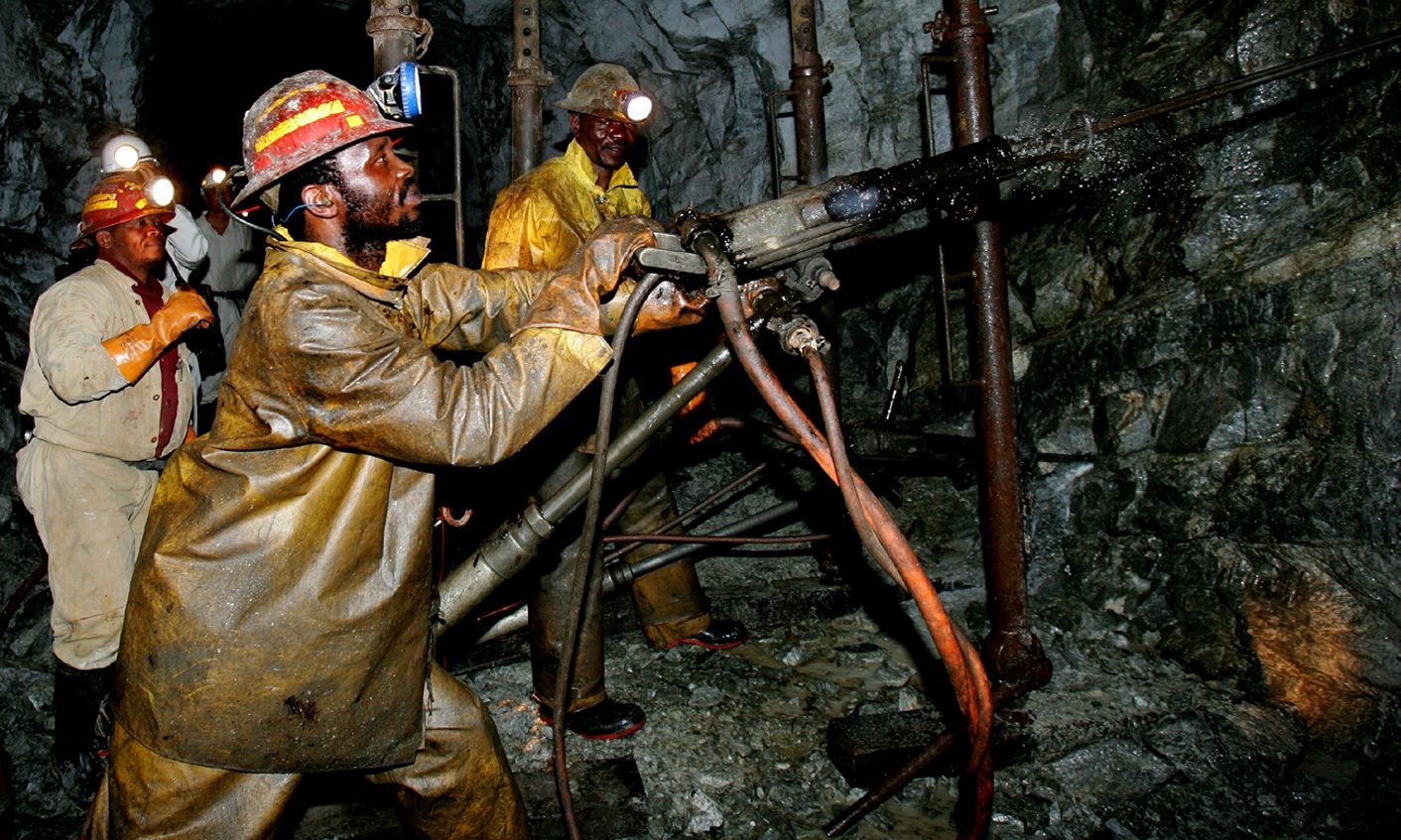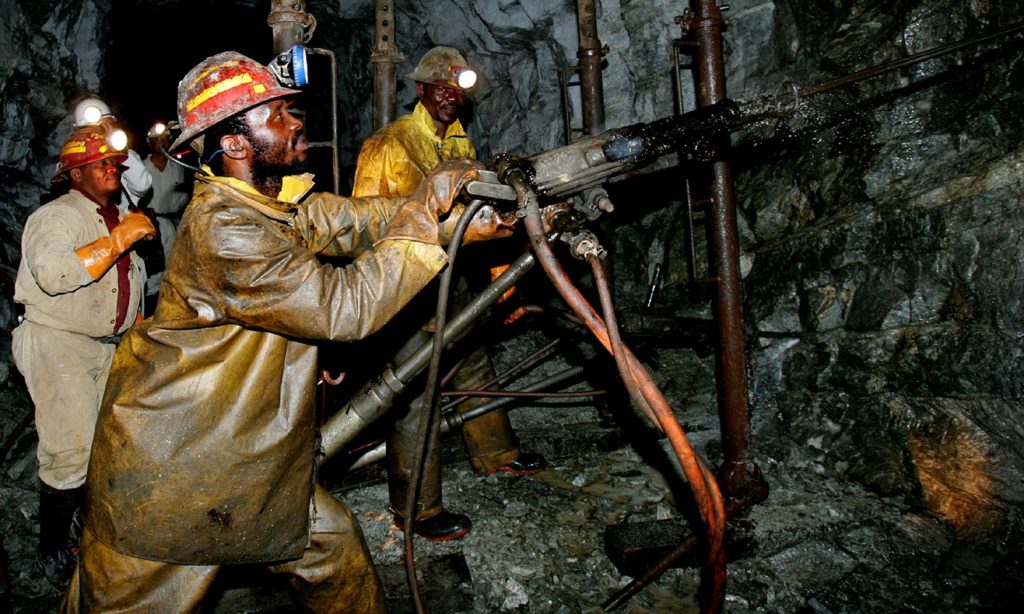
South Africa’s mining industry is a prime example of the nation’s stark imbalances. Its highly paid, mainly white male executives oversee hundreds of thousands of mostly black workers laboring in deep and dangerous operations. To spread the nation’s wealth more equally, the government revised its mining charter in 2017 to require that companies give more ownership to black shareholders. The industry lobby group sued to stop some changes it said were illegal and would deter future investment. President Cyril Ramaphosa’s new mines minister, Gwede Mantashe, has now published his own updated draft of the rules.
1. Why were the rules changed in the first place?
Despite earlier versions of the mining charter designed to increase black ownership and benefits, the ruling African National Congress said companies have still been too slow to share South Africa’s mineral treasures. Former Mineral Resources Minister Mosebenzi Zwane, an ally of then-President Jacob Zuma, argued that more stringent regulations were needed to ensure “radical economic transformation,” a loosely defined concept championed by Zuma aimed at speeding up the redistribution of wealth.
2. How the does latest version compare?
One big change is that Mantashe’s charter gives mining companies credit for meeting black-ownership requirements in the past, even in cases where the shareholders later sold to whites or foreigners. That wasn’t included in Zwane’s version. And while producers must still raise their minimum black holding to 30 percent from 26 percent, they now have five years to do so, rather than one. However, new mining right holders will be required to provide free-carried ownership stakes of 5 percent each to communities and workers, as well as pay those groups 1 percent of earnings before interest, taxes, depreciation and amortization in years when a regular dividend isn’t declared. That’s a change from last year’s version, which required new right holders to pay at least 1 percent of annual turnover to black shareholders, before and in addition to distributions to all shareholders. Companies must also ensure that 50 percent of directors and senior management are black, including 20 percent black women.
3. What does the industry say?
The Minerals Council South Africa, which represents most producers, says Mantashe’s draft is a big improvement on last year’s version. But it’s still not happy, especially with the free-carry provisions, which the group says will kill potential investment in new projects. It also complained that some requirements in the charter, such as the dividend to workers and communities, were introduced at the last minute, despite Mantashe’s efforts at extensive consultations. The “once empowered, always empowered” principle hasn’t been clearly captured, and it’s not fair that companies with existing mining rights must increase their black shareholding to 30 percent as they obtained their permitting under previous charters, the group said.
4. Which companies are affected?
South Africa has the world’s biggest reserves of platinum and manganese, and its mineral deposits also include gold, iron-ore, coal, chrome and zinc. Anglo American Plc, Glencore Plc, South32 Ltd. and Sibanye Gold Ltd. are among companies operating in the country.
5. Is politics playing a role?
Almost certainly, given that South Africa has national elections scheduled for next year. Ramaphosa, who is seen as more business-friendly than Zuma, has said he wants a charter that both accelerates transformation and contributes to growth in South Africa’s mining sector. The president, one of the wealthiest black South Africans, was a founder of the country’s biggest mineworkers’ union. He quit full-time politics in 1996 and later founded investment company Shanduka Group, which had investments from a mining venture with Glencore to the McDonald’s Corp. franchise in South Africa. Ramaphosa’s appointment of ANC chairman Mantashe as mines minister started out well with both labor and mining companies, but some of those relationships have been tested in recent weeks.
6. What happens next?
The draft is out for 30 days of public comment and Mantashe will hold a summit next month for the various parties to provide feedback that could still lead to changes. It also needs to go through a government socio-economic assessment. After that, the final version will be submitted to Cabinet for approval before it’s gazetted for implementation. There’s also still some outstanding court processes that will need to be withdrawn or resolved. The industry’s challenge to last year’s charter was postponed in February after Ramaphosa asked for time to find a solution. And Mantashe’s department sought leave to appeal a High Court ruling earlier this year that determined the two previous versions of the country’s charter didn’t require producers to top up black-shareholding levels in perpetuity, but also touched on the legality and enforceability of the charters.

